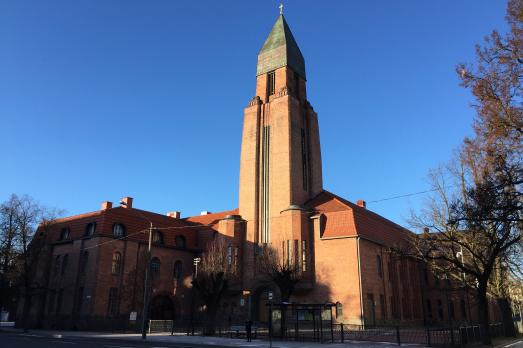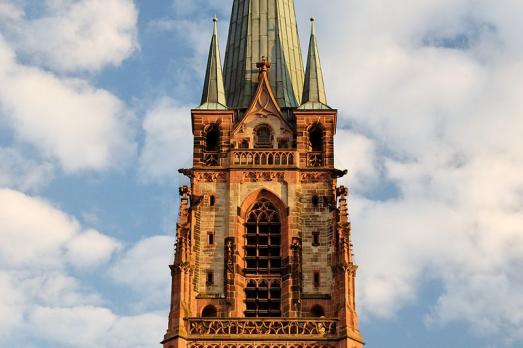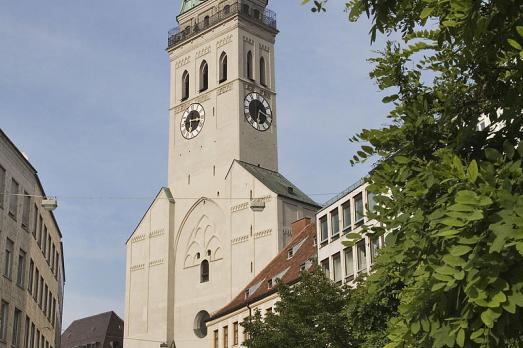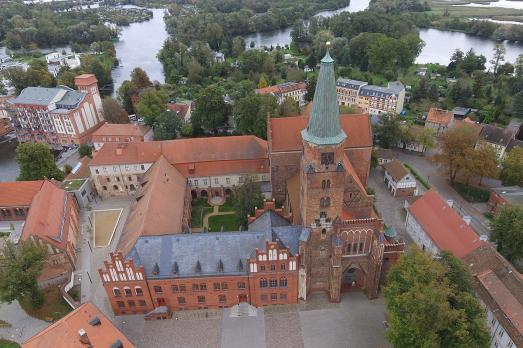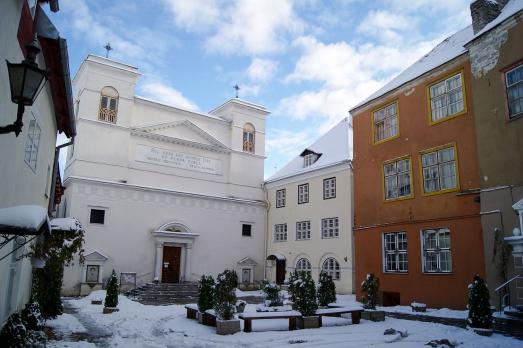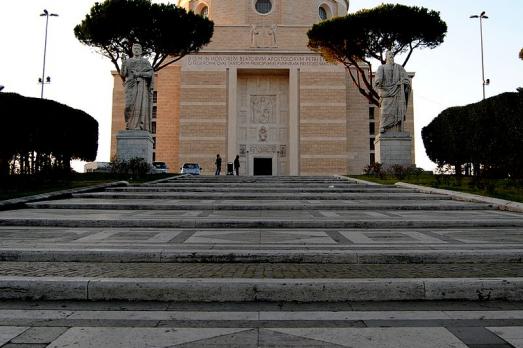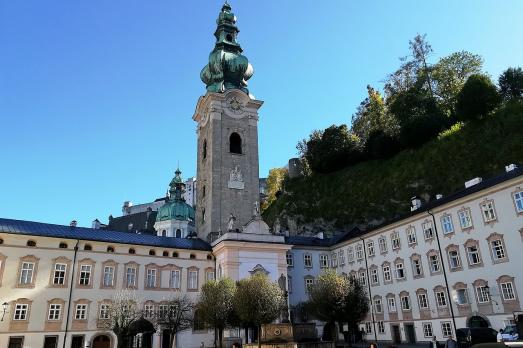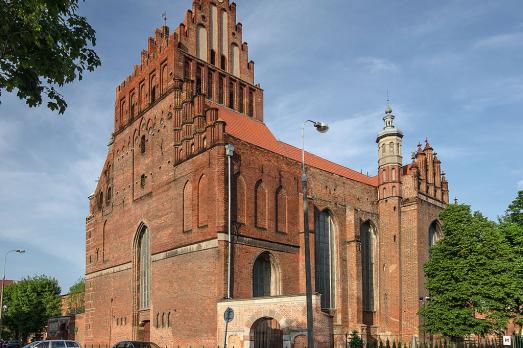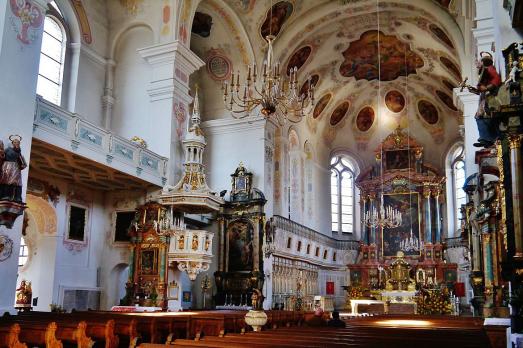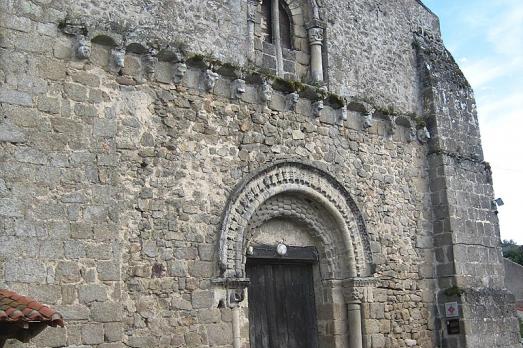
St. Paul's Church
Parthenay, FR
The first mention of St. Paul's church dates from 1070 in a deed of gift to the Benedictine abbey of St. Paul de Cormery. The nave burned down in 1568, during the Wars of Religion. The chevet collapsed in 1747 so that today only the façade remains.
